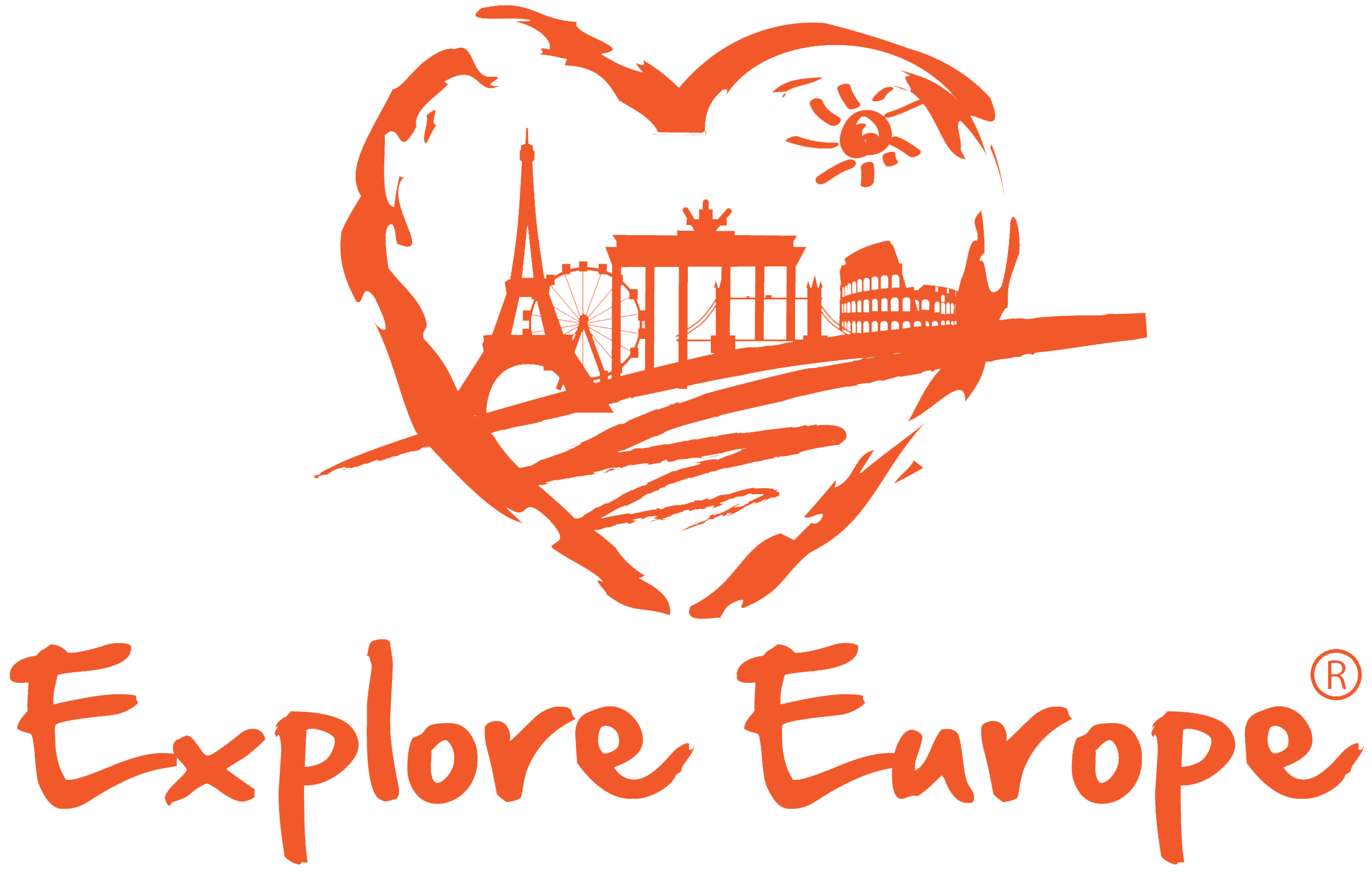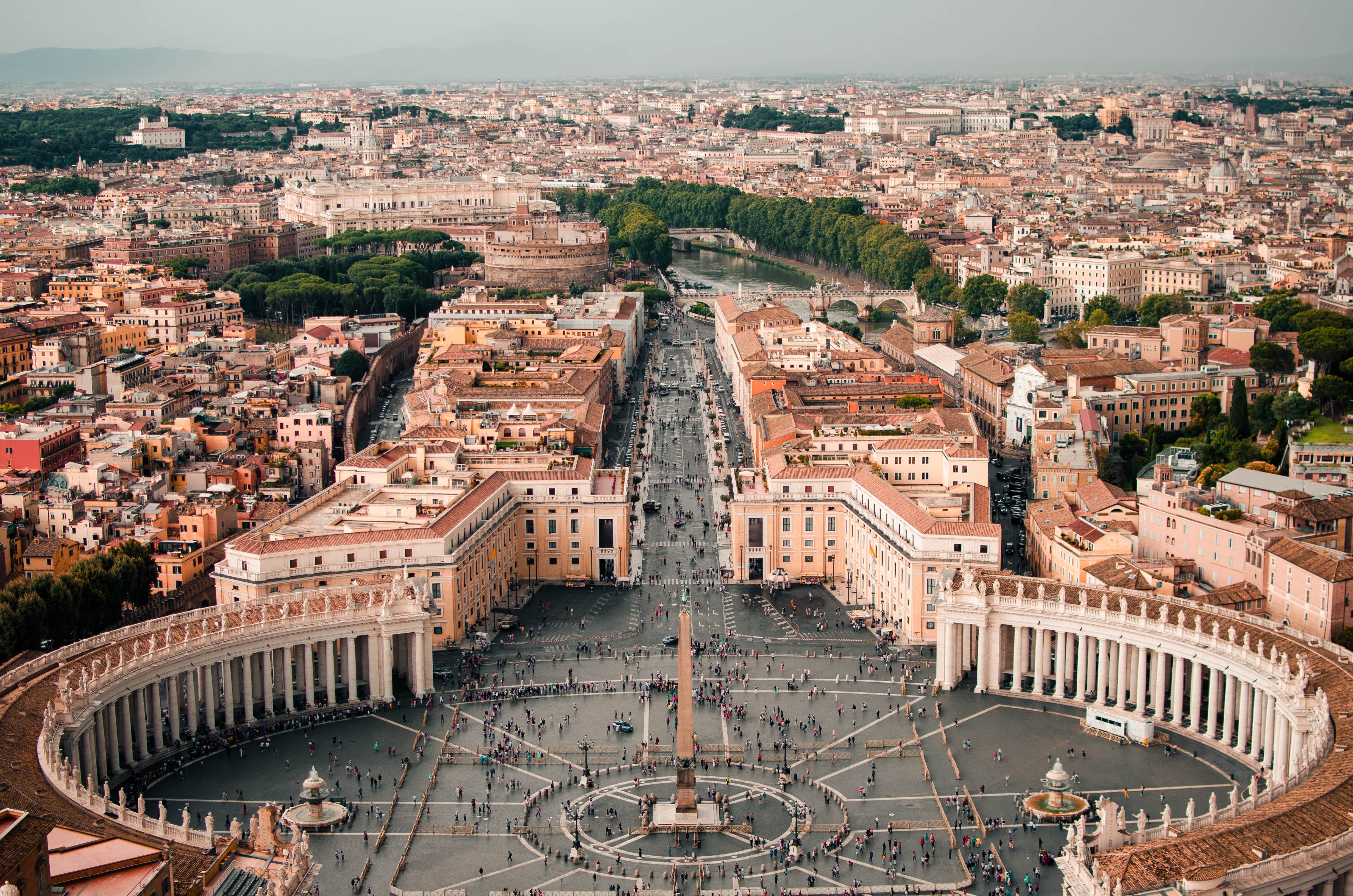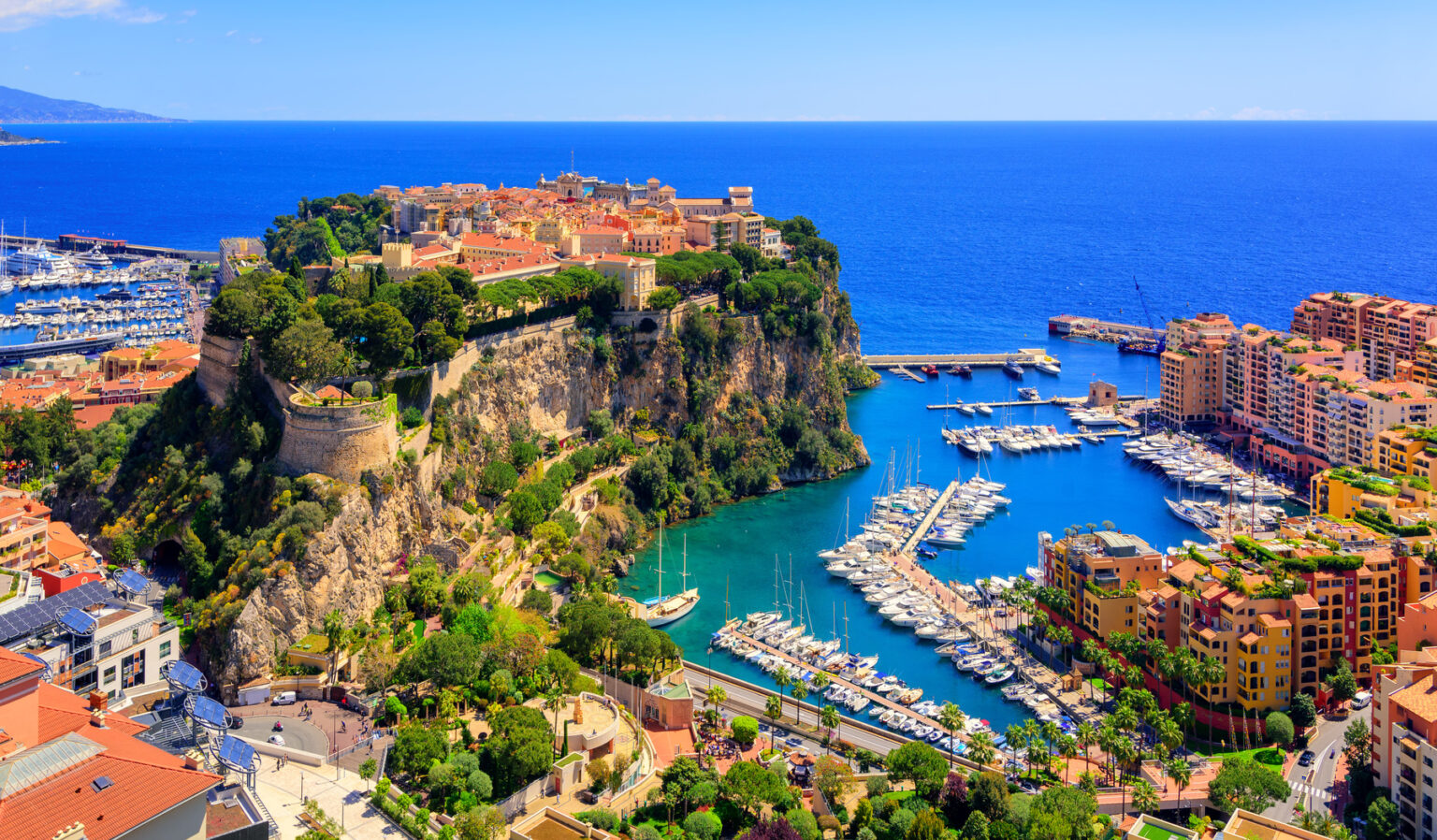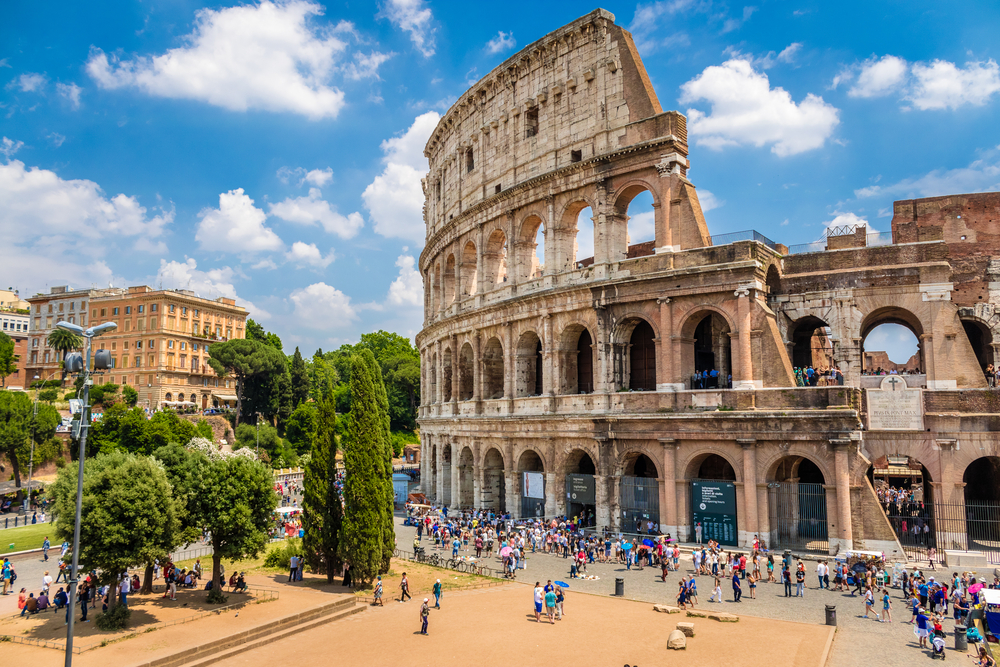
The Italian capital has so much to offer to everyone! The history, the Italian food and lifestyle…and which city can say that it has an entire country within its city boundaries? Vatican City, for those wondering 😉
According to its foundation myth, Rome was built in 753BC. And as in most significant moments in history, there was bloodshed in the process. There are different versions of the myth being told but all include the twin brothers Romulus and Remus who were rescued and raised by a she-wolf after they were sent down the river Tiber in a small basket. They came back to discover their roots and decided to settle. In the process of building walls to protect their land, a fight broke out – Remus laughed at Romulus’ rudimentary building skills. Times were different then, so instead of a civilised discussion to settle the dispute, it turned into a major fight which ended in Remus being killed by his own brother who, as a result of the (rather doubtful by today’s understanding) victory, gave his name to the city. You’ll find plenty of proof of the significance of the story: The depiction of the she-wolf with the twins can be found all over Rome.
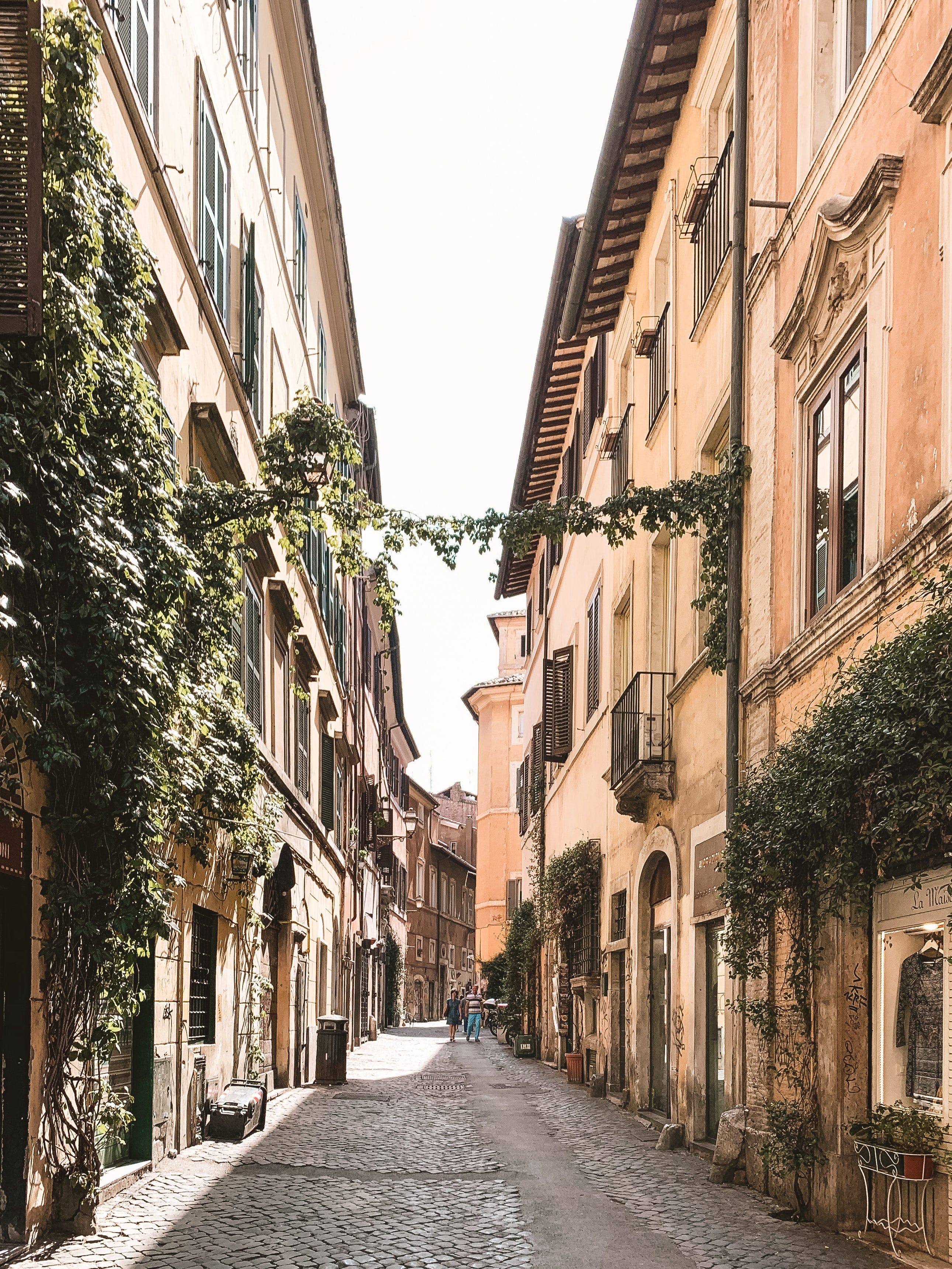
Today, most of the inner city is built on ruins of the majestic Roman Empire which was formed in the 1st century BC. Therefore, nothing can be built without archaeological investigations beforehand which can result in years of excavations las it was the case for the third metro line 😉.
What an empire that was! It’s hard to find a place in Europe where the Romans haven’t set foot during the peak of their reign. Thinking about visiting the place where all civilisation started kind of makes my heart flutter. And there’s still plenty of traces of the Romans today leaving evidence of their wealth, power and – not to be ignored – cruelty. Famous must-see sights include, of course, the Roman Forum and the Colosseum.
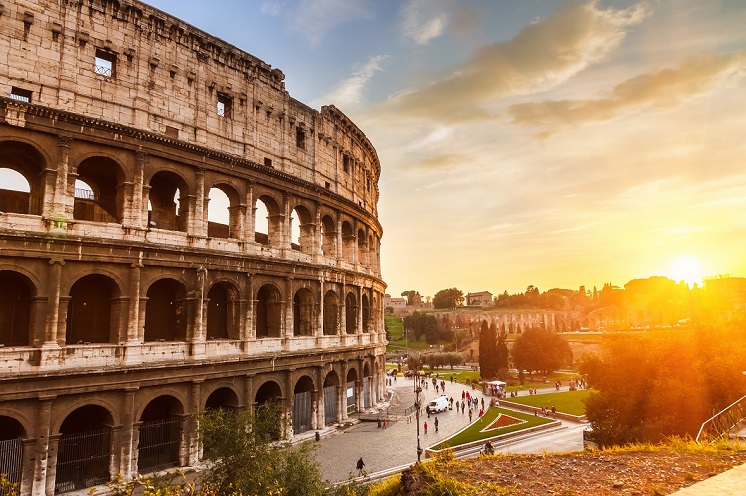
The latter is one of the examples of cruelty since slaves build it. Mostly, those had been captured during uprisings in newly conquered territories. Without them, it would not have been possible to finish the incredible piece of architecture in the 1st century AD in only eight years. Just compare it to modern day buildings – like the construction of the Sagrada Familia in Barcelona going on since the 1880s, for example – and you’ll notice the genius level of building!
In operation, it resembled much of the functions of a modern-day stadium. Games to entertain people were held in there. For free. But it did cost its fair share – a lot of lives, to be precise. Even though some facts do not really go along with its actual history, the movie “Gladiator” gives an idea about the happenings there. And while today it’s a ruin (there were times when building material was needed more urgently elsewhere and it was used as a quarry), there’s still enough left to make you wander in awe. Did you know that there was a hydraulic system for the Colosseum to be flooded, so sea battles could be fought in there? Trap doors to add exotic and dangerous animals to be added to long-lasting fights? There are so many mind-blowing facts about the building! The easiest way to find out is, go and visit yourself. 😊 Although tickets are also available on the spot, I highly recommend, to secure them online in advance since the waiting time can be several hours, especially to visit the arena level which has only been re-opened in recent years. “Arena” is connected to the Latin word “sand” by the way: Since they used sand to make it easier to clear the blood that was shed. Cruel, those Romans!
Cruel, but inventive and absolute masters of innovation! A lot of things that we “discovered” or “developed” in modern times have been in existence for years and were simply forgotten over time. Shopping malls, stadiums and water supply are some examples. The latter was built in the form of aqueducts.
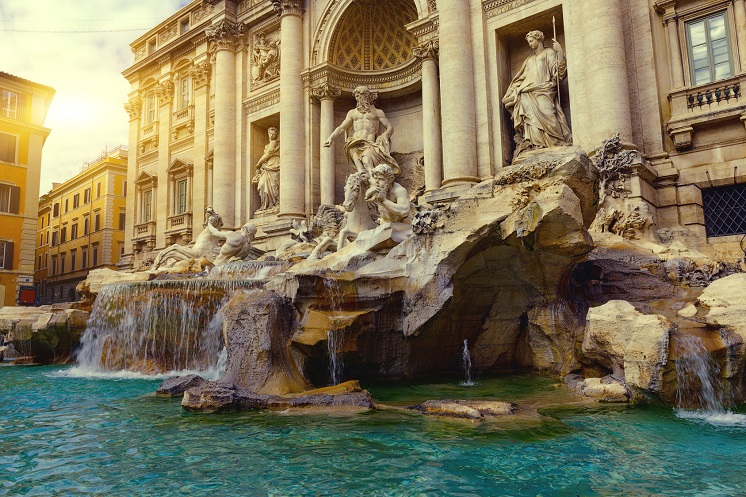
Go and visit the Trevi Fountain and see the scene of the water source being found by a virgin depicted on it. The majestic fountain is a 18th century construction and simply gorgeous! This might be the reason why it has been starring in many movies before. But rather than taking a bath in it like in the 1960s movie “La Dolce Vita” (and getting arrested for it), follow a famous tradition and throw coins in it. “Throwing away money???” you might wonder. Yes, exactly that. Since the 1954 movie “Three coins in the fountain”, many people believe that throwing one single coin means, that they will return to the amazing city of Rome. Who wouldn’t want to do that? Apparently, throwing two coins will result in falling in love with a Roman and the third let the wedding bells ring with that Roman.
Although there are many versions being told, the throwing has to be done right: Standing with your back to the fountain and throwing the coin(s) with your right hand over your left shoulder. What is happening with the money, you might wonder? Every day, depending on the season, several thousand Euros sink to the bottom of the fountain, adding up to the incredible amount of 1,5 million Euros in 2019! If you feel prepared to take the risk of being arrested and go for a swim and money fishing… Well, the fountain gets cleared daily in the early morning hours and the money gets used for local charity. So, while potentially not getting married to a Roman despite having thrown three coins, at least you’ll know, that it supports people in need. 😊
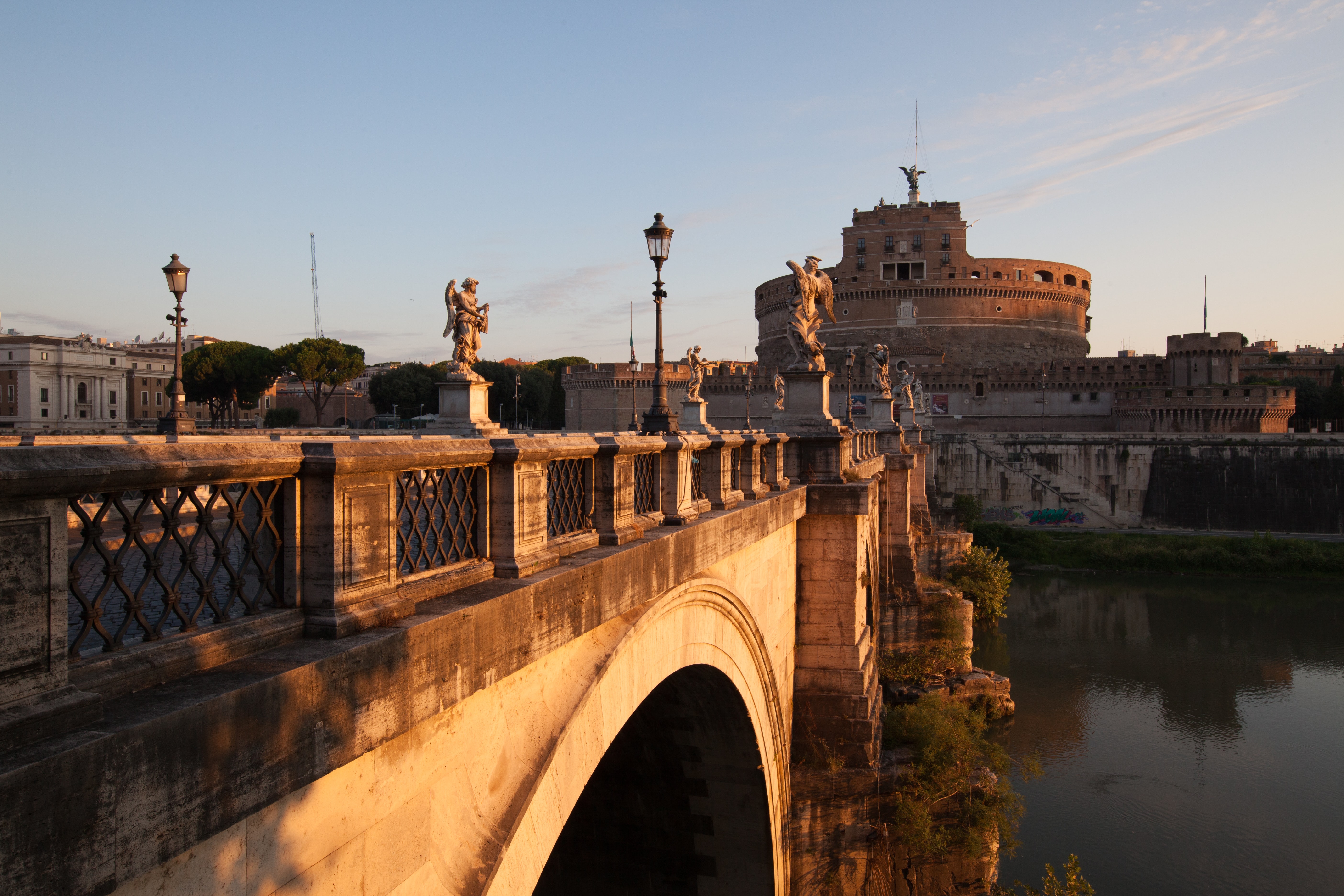
Don’t forget to pay a visit to the pope while you’re in his neighbourhood. Chances of actually getting to see him are low if you’re not there for his weekly audience which happens on Wednesdays but take a look at St. Peter’s and the Vatican museums including the Sistine Chapel that should not be missed while visiting the Roman capital. After all, it means visiting another country without the need of your passport. And while you’re in the area, I can add another highlight of Rome to tick off your bucketlist: Castel Sant’Angelo. The initial mausoleum for Emperor Hadrian and his family has been used as a fortress by the popes in later times and today is a museum. Even if you’re not interested in the museum as such, it is open late, and the very top offers a brilliant view of St. Peter’s and the river Tiber.
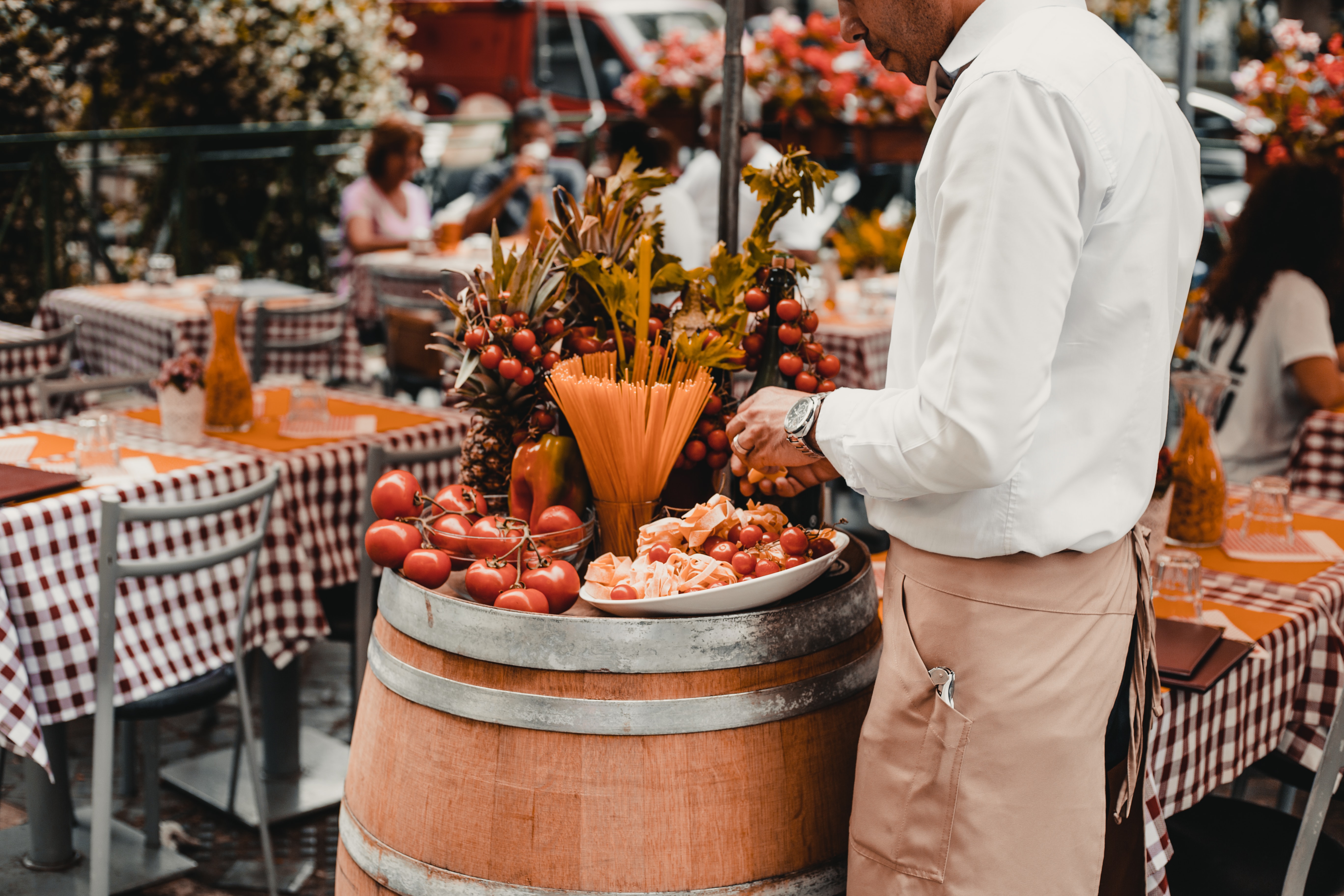
There are so many other sights in Rome that you would have to spend weeks there to see it all. Exploring is always making me hungry though! “Where to eat?” is an important question. “Where not?” is the answer for Rome. With thousands of Osterias, Trattorias and Restaurants to choose from, it is impossible to name something for every taste and expectation. But let me tell you that, despite the fact, that often restaurants are more expensive closer to the big sights, surprisingly the area around the Pantheon (I didn’t even mention that incredible structure yet, that everyone should have entered to witness yet another highlight of the Roman building capability) is full of restaurants that offer great deals. Another area would be Trastevere on the other side of the river. Initially a Roman secret, it gets discovered more and more by tourists as well. Still, you’ll find tiny little eateries that offer no English menu. Is that a good thing? Yes, it is! Go with the chef’s recommendation and you can be sure to eat like the Romans do!
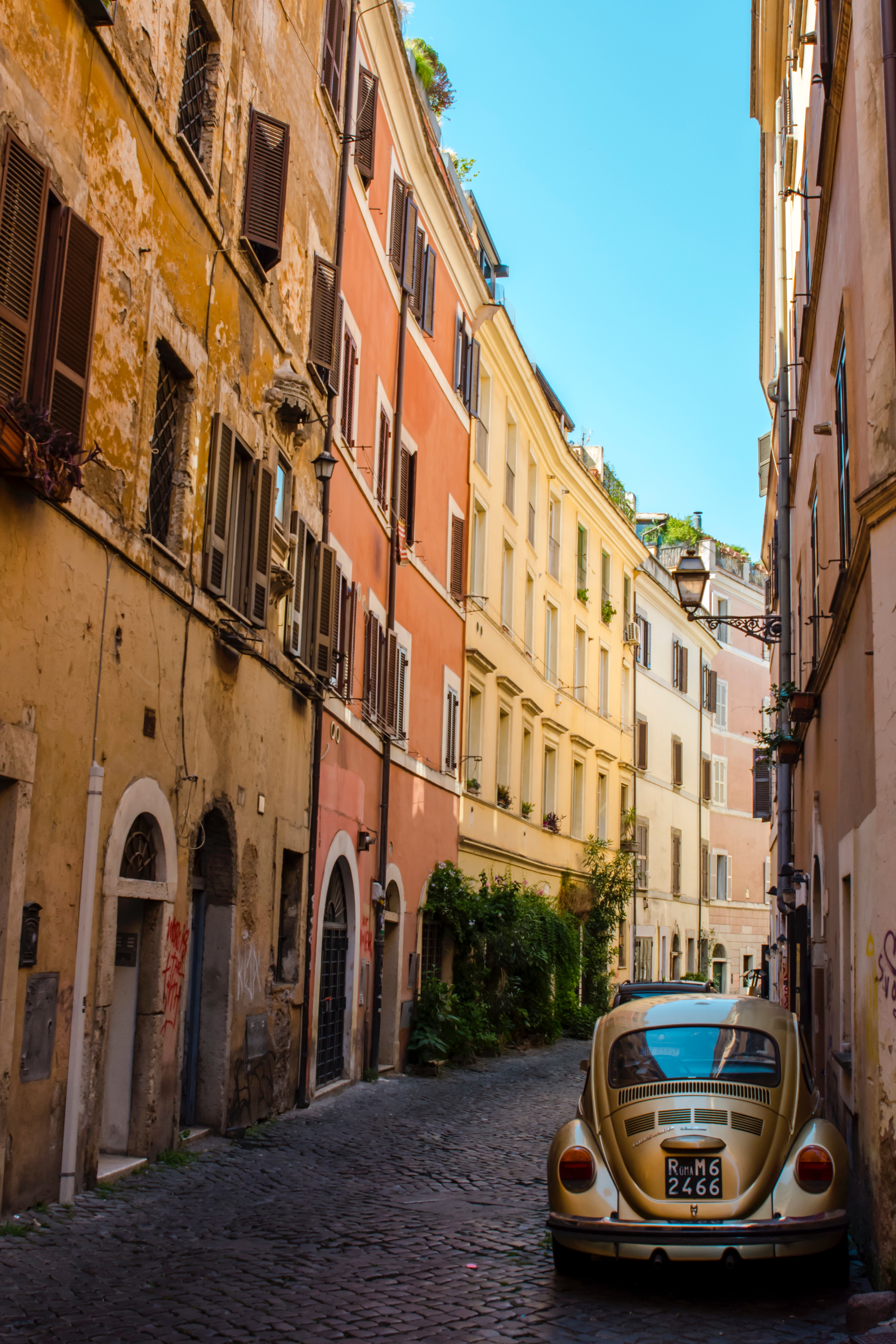
If you are in doubt how to manage to see it all in one weekend… Well, just don’t forget the coin at the Trevi Fountain and you’ll be sure to return. You don’t believe it? I’ve done it and have visited more than 50 times by now. 😉
Enjoy “the eternal city” and never forget to stay healthy and take good care of yourself!
by Trip Leader Monika
